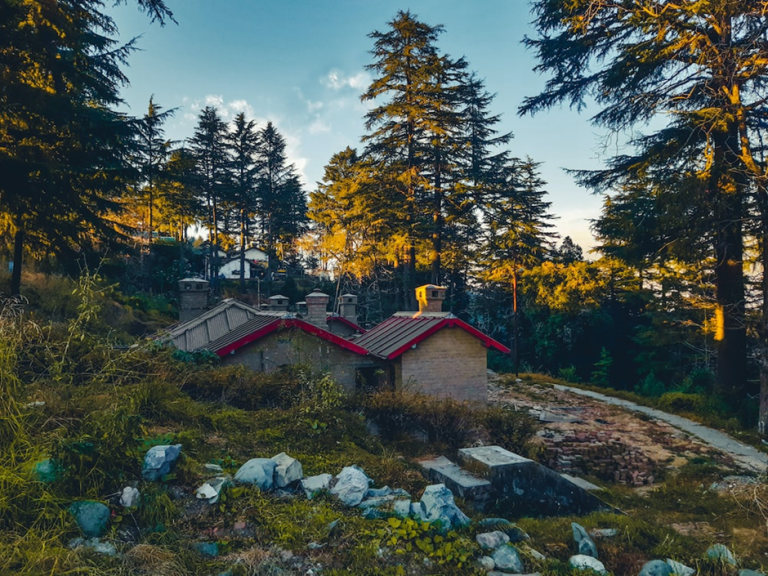Erosion of the topsoil is a significant problem facing both commercial and residential buildings. This situation occurs when the topmost layer of soil around your home’s foundation is exposed due to a lack of trees, vegetation, and other substances that hold topsoil in place.
Soil erosion can significantly affect your foundation and your home’s structural integrity. Extensive erosion often leads to tilt in buildings, damaged decking, wall buckling, undulating floors, and complete foundation disruption.
In extreme cases, water damage can pass through the grade beam, affecting the interior areas of the foundation. While homeowners should begin by consulting erosion protection experts, the following measures help protect your foundation from erosion and resulting water damage.
1. Establish Biological and Non-biological Erosion Control Measures
Embracing biological and non-biological erosion control measures is an effective method of improving the integrity of your foundation. Biological measures such as planting flowers and grass around your foundation reduce soil loss.
Plants’ roots anchor the soil in place, preventing erosion. However, you shouldn’t plant trees close to the foundation, as their roots will damage the concrete. Consider pouring gravel and concrete paving if growing flowers and grass isn’t feasible.
2. Correct Foundation Grading
The soil around your foundation should have a sufficient slope to prevent water accumulation. As a rule of thumb, the slope around your foundation should be between 3 and 5% in a 10-foot radius around the property. Make the necessary adjustments if the slope around your foundation doesn’t support this. If creating such a slope is impossible, consider the following:
- Installing a drainage system – A French or surface drain can channel water away from your home.
- Crawl space encapsulation – Involves applying a tight seal in the crawl space to prevent moisture penetration.
3. Install Surface or French Drain
Surface and French drains are other effective solutions for preventing erosion around your home’s foundation. Though often used interchangeably, surface drains and French drains are different. Surface drains channel water from your lawn to prevent pooling, while French drains prevent water seepage and damage below ground level.
If the soil around your foundation easily gets oversaturated after heavy rains, a French drain clears away excess water, preventing foundation damage. On the other hand, consider a surface drain if your home doesn’t have the correct slope.
4. Install Retaining Walls
Retaining barriers are another effective protective measure against foundation erosion. Retaining walls are made from wood, concrete, or any other material determined by the severity of loose soil around the foundation and the angle required.
This option is perfect for homes that sit on slopes due to difficult landscaping. Installation of retaining walls shouldn’t be done DIY because materials should be selected carefully.
5. Install Gutters and Downspouts
Installing gutters and downspouts also prevents soil erosion and consequential water damage. Gutters and downspouts channel rainwater into a disposal area constructed at a safe distance (at least 10 feet) from the foundation.
Endnote
Homeowners should take proactive steps to prevent soil erosion around the foundation. If not corrected, extensive foundation erosion often leads to cracked walls, moisture ingress, and other consequences that negatively affect your property value.

